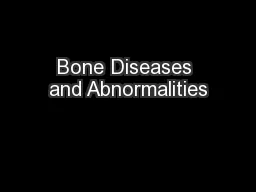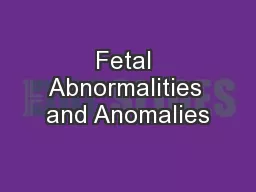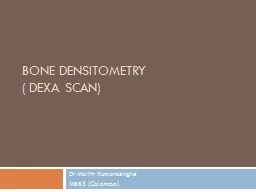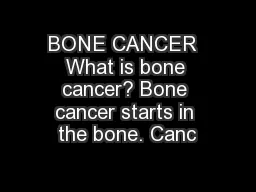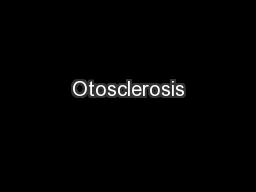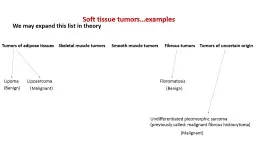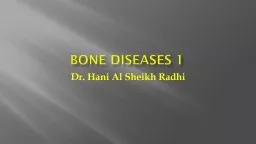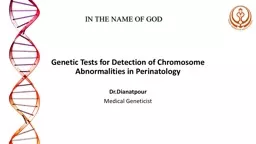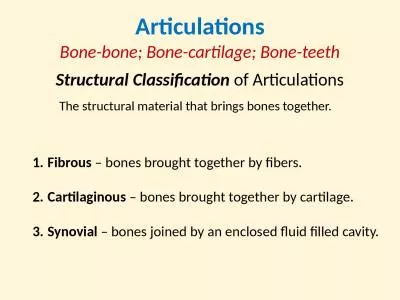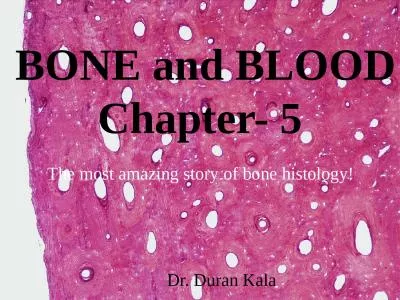PPT-Bone Diseases and Abnormalities
Author : kittie-lecroy | Published Date : 2015-11-19
Jake Turner and Roger Deering Learning Objectives Explain how the structure of bone allows it to carry out its functions strong due to hydroxyapatite crystals
Presentation Embed Code
Download Presentation
Download Presentation The PPT/PDF document "Bone Diseases and Abnormalities" is the property of its rightful owner. Permission is granted to download and print the materials on this website for personal, non-commercial use only, and to display it on your personal computer provided you do not modify the materials and that you retain all copyright notices contained in the materials. By downloading content from our website, you accept the terms of this agreement.
Bone Diseases and Abnormalities: Transcript
Download Rules Of Document
"Bone Diseases and Abnormalities"The content belongs to its owner. You may download and print it for personal use, without modification, and keep all copyright notices. By downloading, you agree to these terms.
Related Documents

